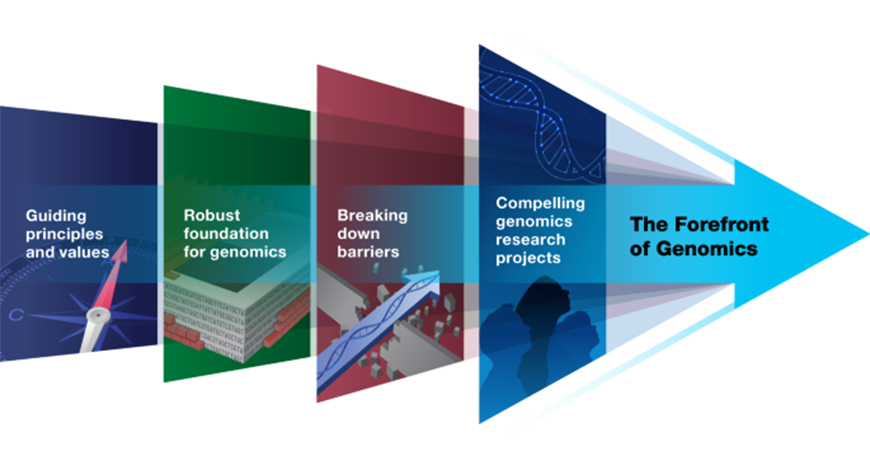Industry
Genomics Testing Moving Into Meanstream

The genomics market is expected to experience a rapid growth with maximum application of genomics originating from the genomics companies around the world. The vendors and the genome industry are getting a further push with the national initiative spurring molecular research activities. Moreover, the genomics impact factor is set to increase with the rising popularity of personalized medicine. A few major areas of advancement anticipated in genetic and genomics in 2019 are:
Accelerated adoption
Various established companies have led the way from a consumer recreational perspective, to getting people comfortable with genetics/genomics. Now, companies are driving the clinical adoption of genetic risk testing in cancer and heart conditions. These companies will help consumers understand that genetic risk testing has far-reaching effects in understanding predisposition to disease and resulting approaches to wellness management and treatment. It is expected that beyond heart disease and cancer, other chronic diseases of aging are likely to be adopted for genetic risk testing in the next year or two, for example diabetes. On the other hand, the adoption of non-medically actionable conditions, including neurological conditions such as dementia, will remain in question by the medical community.
Interpretation of Genomic Data
Development and use of polygenic risk scoring (a genome-wide score based on variation in multiple genetic factors for better prediction of genetic risk) will continue to rise. This will be enabled by a mix of machine learning, the generation, and access to more genomic data, and access to quality phenotypic data. Polygenic risk scoring for heart disease, especially coronary artery disease is going through a step-change right now to identify people at risk. Also, more genomic data will be generated on diverse populations, expanding genomic data beyond that currently derived overwhelmingly from people of European descent.
RNA
RNA is arguably more biologically relevant than DNA – a combined understanding of the variation and function of both DNA and RNA will be greater than the sum of the two parts. To date, testing and reporting of RNA modification and function have lagged DNA due to technical difficulties, but these are being overcome. It is expected to see significant progress in the next one to two years.
Liquid biopsy
Liquid biopsy is now being extended as a less invasive means to capture and analyze the DNA that has escaped from a cancerous tumor and has profound ramifications for the early detection of cancer, and as a companion diagnostic to gauge the effectiveness of cancer treatments. How to interpret the results of liquid biopsy in cancer has been a challenge, however, large-scale clinical studies are now underway by various companies and will improve utility over the next few years.
Health
Carrier screening by prospective mothers and fathers is on increase. Some individuals may undergo genetic testing to know their status, and only choose a genetically compatible partner to eliminate/reduce the risk of hereditary disease. For IVF, it is expected that embryos will be more routinely screened for the inheritance of disease as part of selection for implantation. In addition, there may be increased adoption of genetic testing as individuals gain a better understanding of inheritance patterns and predisposition to disease in families such as cancer.
The future
It is expected that 2019 will be known as the year that the public discerns the difference between well-known genetic testing companies focused on genealogy and those that deliver increasing clinical insights for disease risk and wellness management. Notable changes will be an increase in the adoption of genetic risk testing of inherited diseases such as cancer and heart disease. Even as these advances are being made, the market is still at the initial stages of genetic/genomic testing and its application in anticipating disease and determining preventive and care paths for patients.












